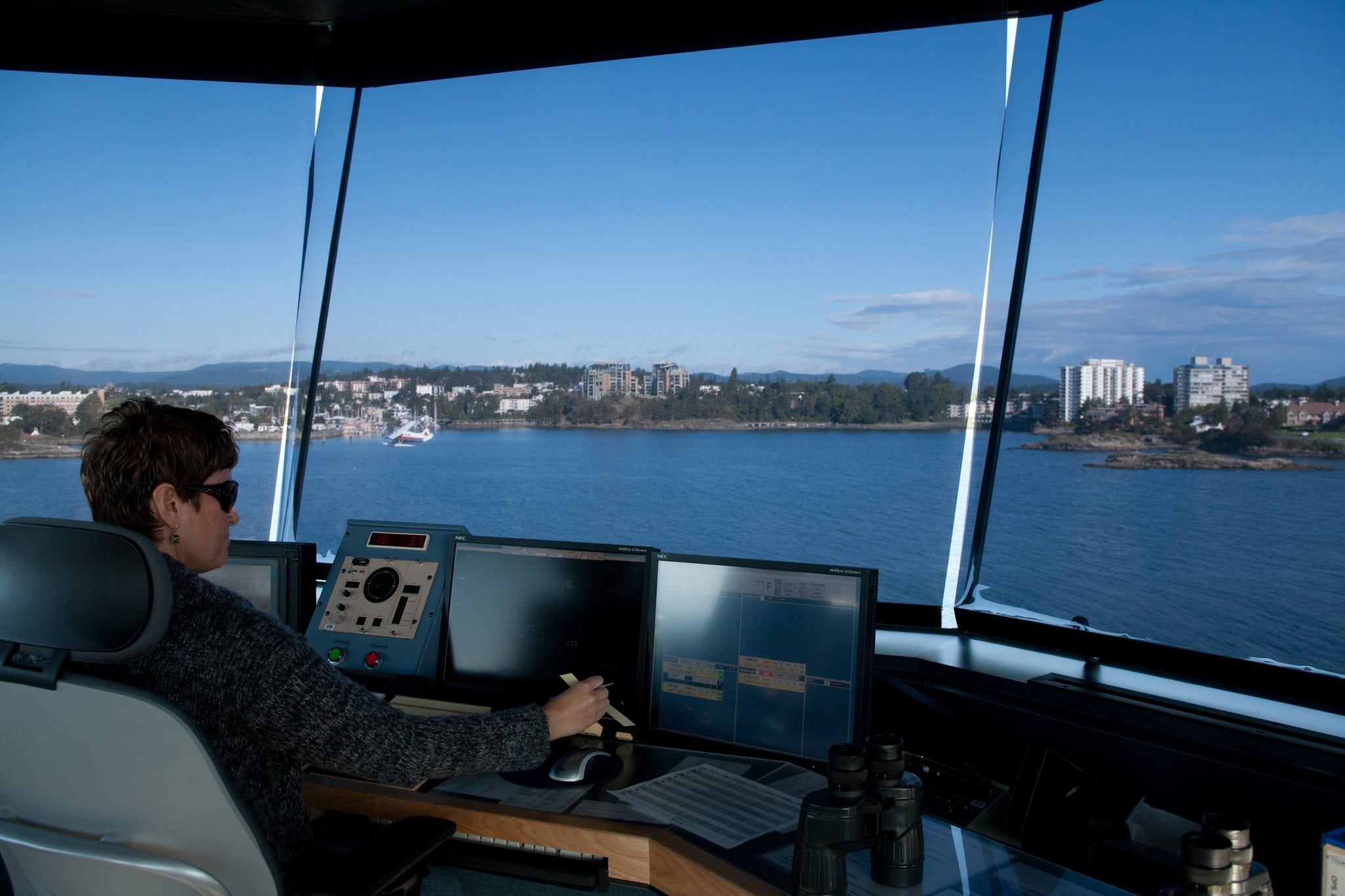[Avionics Today 12-02-2015] Top executives from major U.S. airlines made their case for Air Traffic Control (ATC) reform on Tuesday, Dec. 1, pushing for a user-funded model that would run similarly to those of the United Kingdom, Germany, and Canada. CEOs from American Airlines, Alaska Air Group, JetBlue, Atlas Air, Southwest Airlines, and FedEx Express — members of the Airlines for America (A4A) board of directors — threw their weight behind the organization’s proposal for a new ATC system to operate independently outside of the government.
 |
| A4A member airlines are pushing for ATC reform while other airlines remain skeptical. Photo: NavCanada |
“The recommendation is to create a federally chartered, not-for-profit corporation, operating independently outside the government,” Nicholas E. Calio, A4A president and CEO, underlined during the Tuesday press call to discuss the proposed ATC reform. “I will stress that is a commercial not-for-profit, we are against privatizing the system.”
The idea isn’t new, of course, with House Transportation and Infrastructure Committee Chairman Bill Shuster proposing earlier this year that the government remove the Air Traffic Organization (ATO) from the FAA. In similar form, the aviation stakeholders called for a transformation to the way the ATC system is financed and governed in order to modernize technologies and push efficiencies in the United States’ congested airspace.
“We are in favor of an ATC system with stable and predictable funding outside the federal budget and a system that gives stakeholders a much bigger voice in setting the priority,” said Doug Parker, chairman and CEO of American Airlines and chairman of the A4A’s board of directors. “Separating air traffic control from the FAA would lead to much more efficient and effective airline operation because an independent ATC organization would operate with long-term funding and government certainty.”
The funding for the organization would come from the “users of the system,” which would include airlines for the most part, according to Parker, and would be governed by representatives of airlines and other stakeholders across the aviation industry.
“The governing structure would be fairly simple. It would be a governing structure with a board of directors, an executive director, it would include — at least as we have proposed — a representative of all the stakeholders in varying numbers and that would include the federal government as well,” Calio said.
The A4A board stressed that the proposed reform wouldn’t cut the government out of the ATC system completely, leaving the FAA to continue regulating the aviation industry and overseeing safety. It would instead aim to restructure the current ATC system so as to push National Airspace System (NAS) modernization procedures and technologies into play faster.
“Quite frankly, the current government agency approach does not lend itself to managing a complex service organization — that is what we are talking about,” said Gary Kelly, chairman, president and CEO of Southwest Airlines.
American’s Parker noted that an independent, user-funded organization would be incentivized to pursue efficiencies without the constraints imposed on government agencies that hamper their ability to operate minimally and effectively. In turn, this would “allow NextGen technology to be rolled out much more quickly across the country,” Parker added, stressing that the slow NextGen rollout was not the fault of current FAA leadership but was the “unfortunate reality” of a system that operates under a constantly shifting funding and governance structure.
These technologies pertain to, among others, Performance-Based Navigation (PBN) Required Navigation Performance (RNP) approaches that the airlines believe can be rolled out more quickly at airports and in fleets across the U.S. to improve airport throughput without expanding infrastructure as well as save time, reducing fuel and emissions.
Brad Tilden, chairman, president and CEO of Alaska Air Group and vice chairman of A4A noted that several aircraft are already flying RNP approaches, saving the company, on average, “87 gallons of fuel, 1,900 pounds of carbon emissions and nine minutes of time.”
Alaska has been flying RNP approaches for nearly 20 years, flying its first approach in 1996, but still flies less than 10 percent of approaches with the technology. “The big advantage here of air traffic reform is putting this into a structure where we will move quicker and get all of these benefits to our customers and to our communities,” Tilden added.
While Tilden and the other A4A members believe the reform will help push NextGen along, another large U.S. airline, Delta, has come out against the transition at this phase in the U.S. NextGen initiative, warning it would slow progress.
“While Delta agrees that improvements to handling our near-capacity air space need to continue, we believe that privatizing the [Air Traffic Organization] ATO is not the answer. In fact, the process of separating the ATO from the rest of the FAA would be a distraction, disrupting the momentum we have worked so hard to achieve as new operational capabilities and improvements to the system are deployed,” Steve Dickson, senior vice president of flight operations at Delta Air Lines said in an Op-Ed published on Delta’s website. Dickson pushes for the industry to continue working to set priorities and implement beneficial operational capabilities through the NextGen Advisory Committee (NAC) instead of fractioning the current system.
While Delta remains the outlier, all parties agree that the current ATC system needs to look to reform and to push NextGen technologies, such as PBN, surface operations, multiple runway operations and data communications, out faster.
“There is a tremendous cost burden today supporting old technology, and that doesn’t even include the horrible inefficiencies that result from using outdated technology, so we need ATC modernization and we need NextGen, and we need that now,” said Southwest’s Kelly. “That is the objective here.”